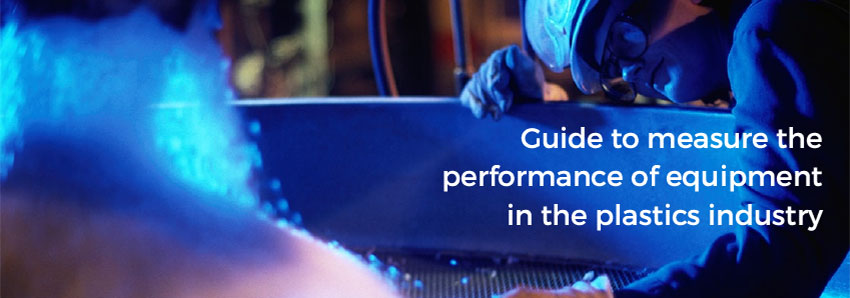Guide to measure the performance of equipment in the plastics industry
 Guide to measure the performance of equipment in the plastics industry
Guide to measure the performance of equipment in the plastics industry
The performance measurement of the equipment used in the plastics industry is reflected by an increase in productivity when done intelligently, so this topic deserves all your attention.
This is important especially due to the high costs involved in maintaining and repairing the equipment and those related to energy bills. Thus, by keeping a regular and clear record of performance indicators and by constantly measuring them, you can identify more easily ways to reduce these costs.
How to measure the performance of equipment in the plastics industry?
See below three of the most important factors by which you can effectively measure the performance of the equipment used in the plastics industry:
-
1. Equipment availability
This indicator represents the length of time the equipment is really available. For example, if one or more of the functions of one of the machines does not work at full capacity, this will slow down or hinder the production process. There is also a formula for calculating availability, namely:
AVAILABILITY = operating time / planned production time
-
2. Performance
This indicator helps to measure stall during production. Thus, you can easily measure performance losses by comparing the actual number of units produced in a period of time to the number of units the machine is able to normally produce, according to the manufacturer’s specifications.
The formula for measuring this indicator is as follows:
PERFORMANCE = ideal cycle time / (operating time / number of units produced)
-
3. Quality
Quality refers to the volume of waste produced by a particular equipment. In the plastics industry it is normal that a number of units produced to have flaws, but their number should be minimized to have a truly effective production.
The formula for measuring quality is as follows:
QUALITY = good units / total number of units
These three indicators help to measure the productivity of a certain period of time, compared to the optimum potential of production of some equipment. Besides these, there are several factors that must be considered when measuring performance, and they relate to potential losses. Thus, you must note and analyze additional aspects such as:
- Downtime during which the repair or maintenance actions are carried out,
- Unforeseen damages,
- Temporary and brief errors,
- Loss of operating speed.
How to improve equipment performance?
The effective measurement of performance is a lengthy process that requires regular monitoring and recording actions. The advantage of carrying out all these activities is that you identify factors that can do harm before problems escalate and irreversible damages appear.
In the plastics industry, proper maintenance of equipment is crucial to their functioning over an extended period of time. Using high-quality lubricants, with features that are compatible with their technical needs, can help you save time, money and have a profitable production.
High-quality synthetic lubricants such as those in the Mobil SHC range are able to provide the equipment in the plastics industry a lot of advantages:
- Downtime is significantly reduced
- The number of failures is reduced
- The equipment is protected against wear, rust and oxidation
- Overheating is prevented
- Maximum working speed can be achieved without leading to failure
For more details on the industrial lubricants that can help you increase productivity of equipment in the plastics industry, click on the image below and contact a Star Lubricants representative who will give you the information you need.







